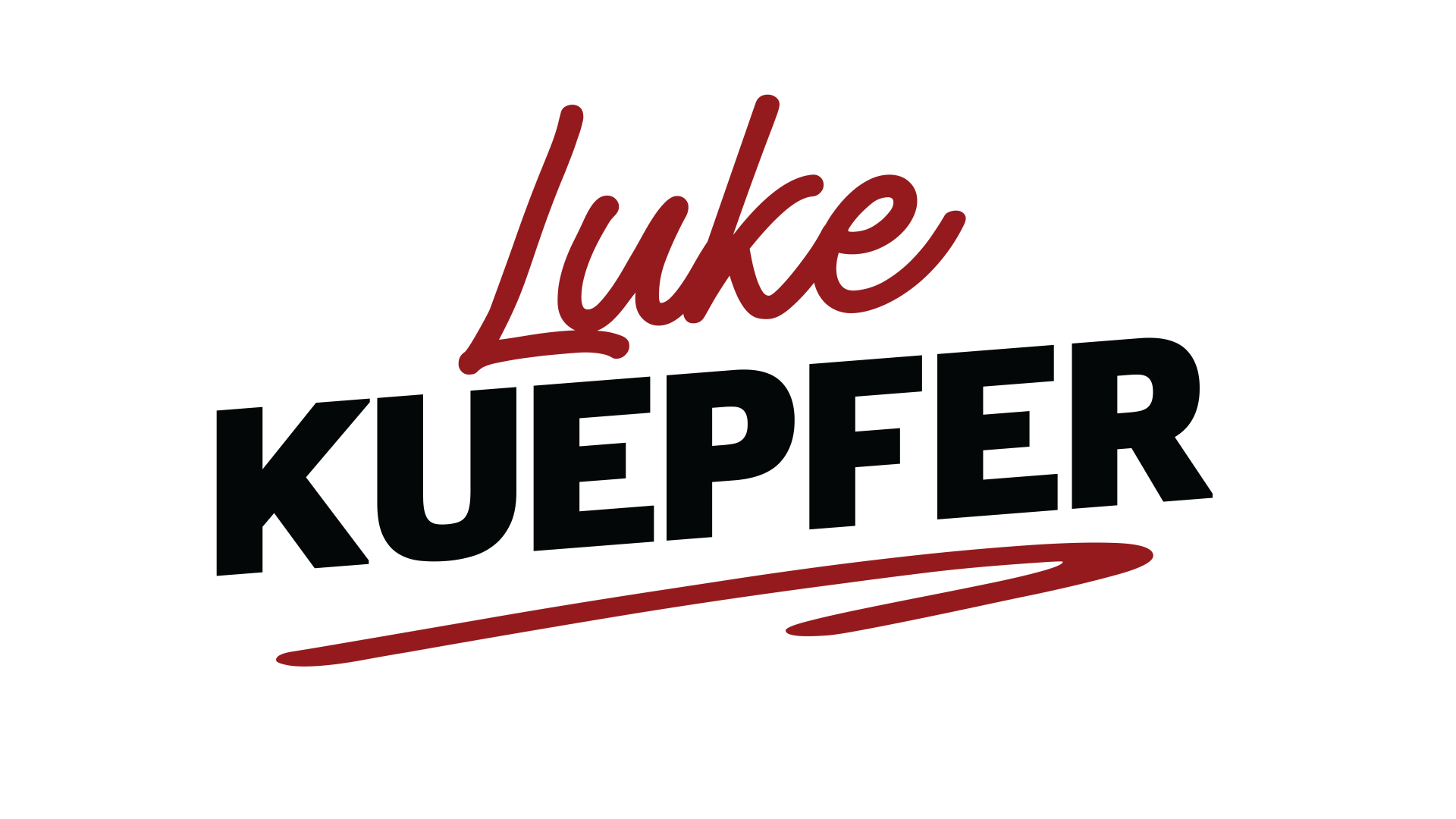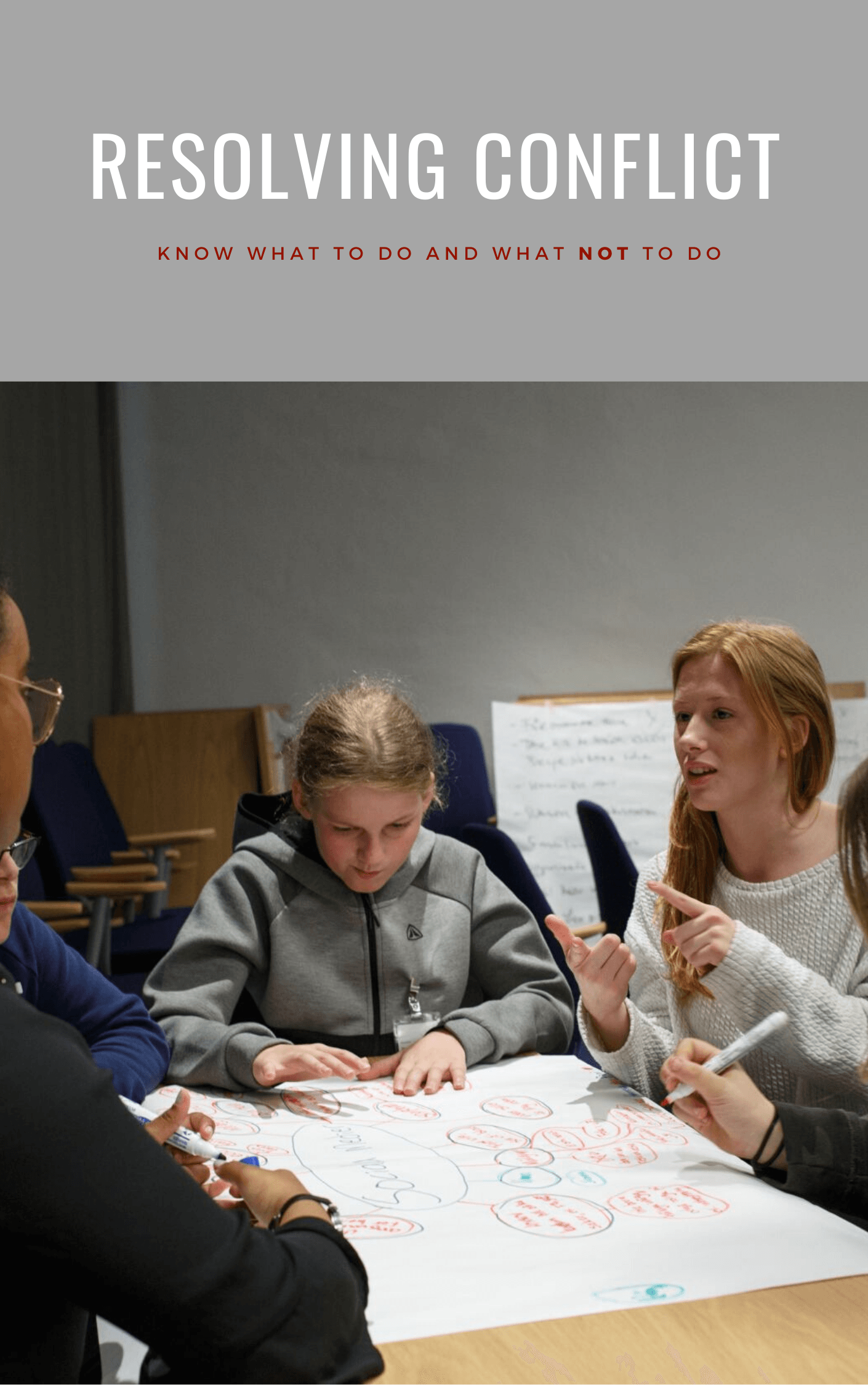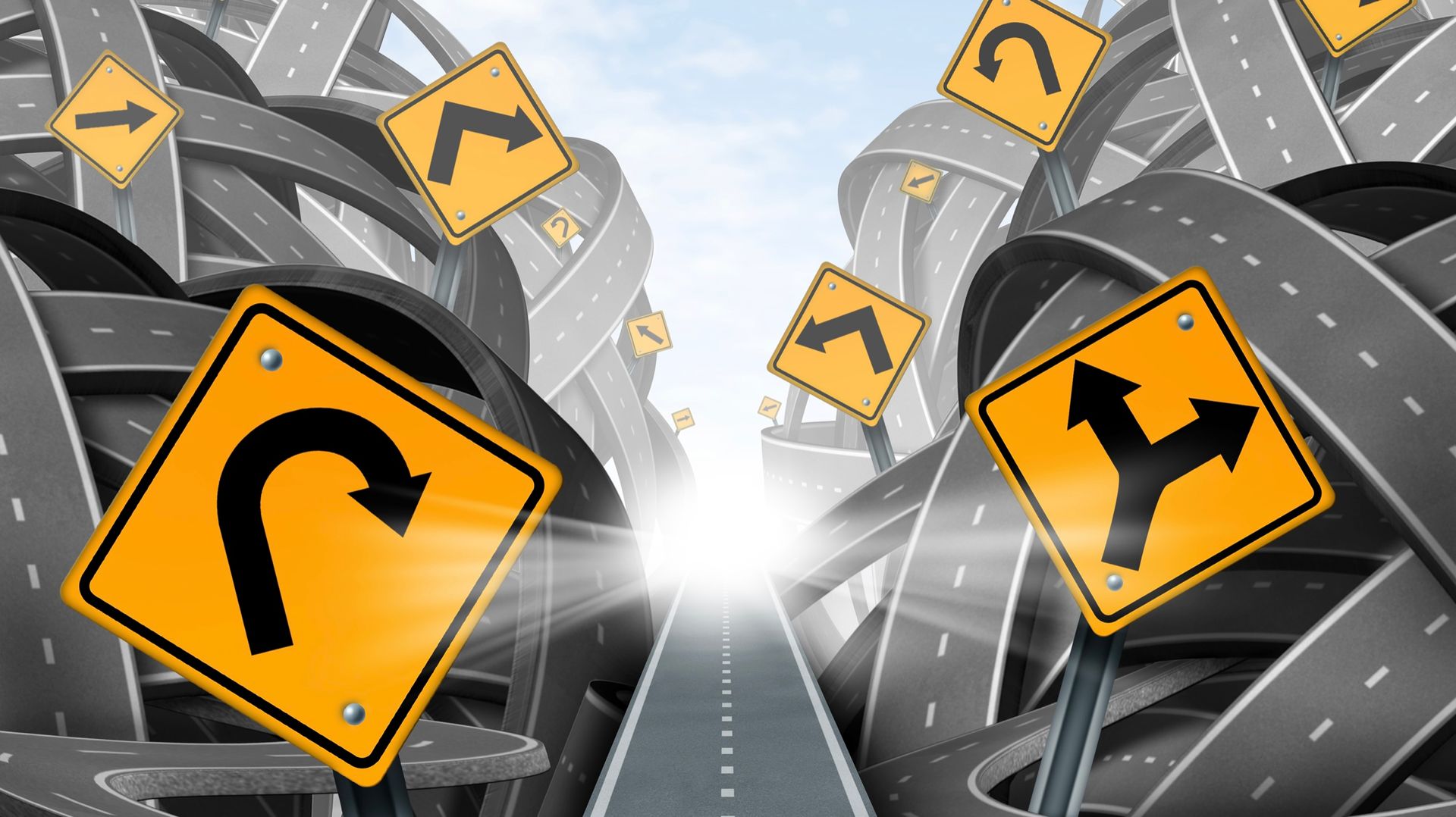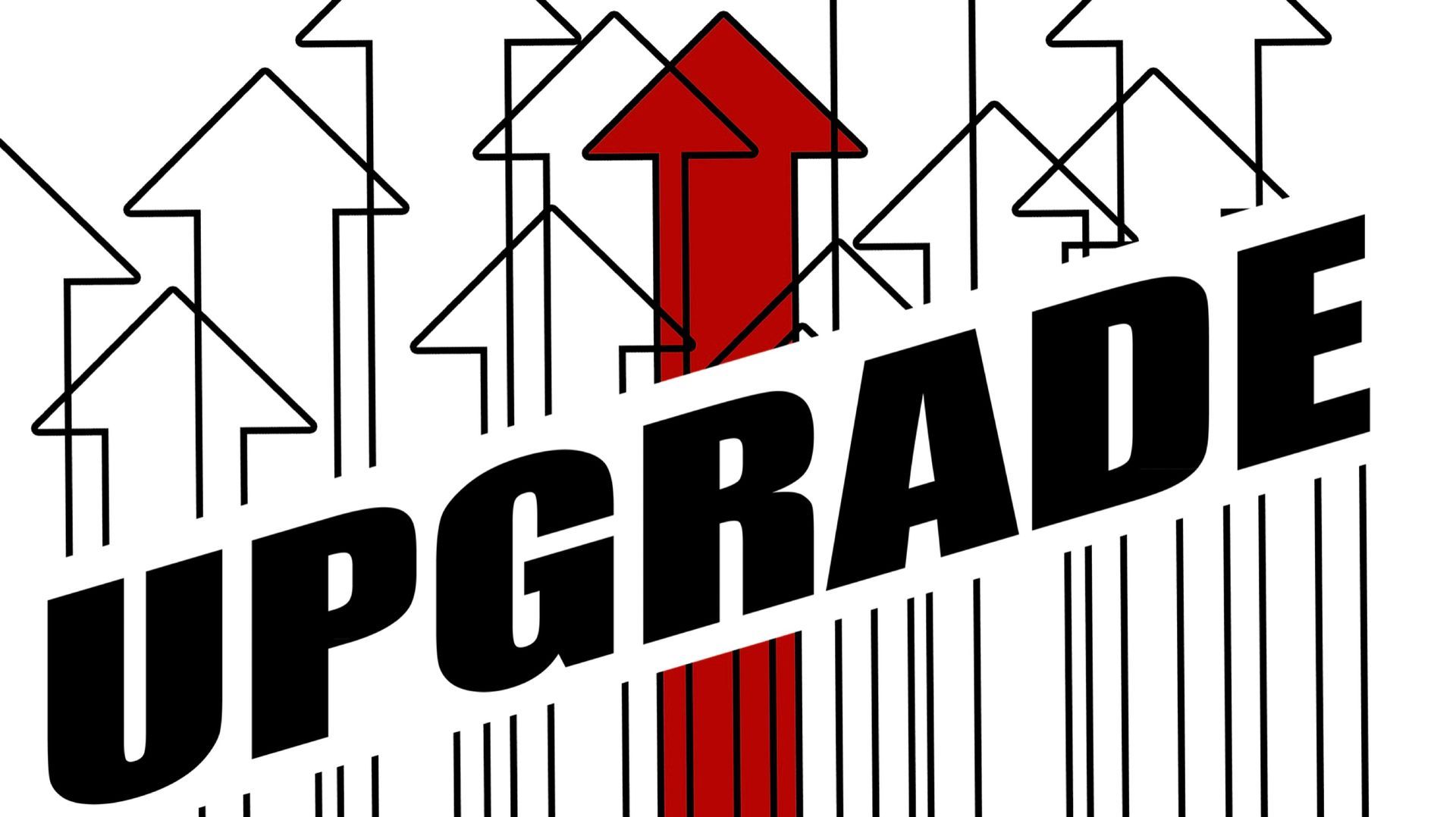Three Phases of Transition
Leaders need to learn how to flex in their roles as change agents, understanding the difference between change and transition. “Change is situational,” states William Bridges, whereas “transition, on the other hand, is psychological; it is a three-phase process that people go through as they internalize and come to terms with the details of the new situation that the change brings about.”
Bridges suggests that a change leader needs to help people through three phases of transition.
- First is the letting go stage in which a leader helps people deal with their sense of loss. Dealing with the past will enable movement toward the future. Most people can embrace what lies ahead if they’re given time to lay down the past.
- Next is the neutral zone—the leader must acknowledge the difficulty everyone is experiencing and encourage creativity. This will strengthen group connections and establish temporary systems to get through the transition.
- Last is the new beginning stage in which everyone is assigned a role. The leader should maintain a focus on clarifying purpose and reinforcing the new patterns that are being established.
Consider an expanding company or organization transitioning from an office-based local company to a multi-national or multi-state operation. The global pandemic showed many companies the possibility and efficiency of a hybrid model--many people can now work from home just as effectively and sometimes more efficiently with reduced overall costs. In this type of transition, a leader should acknowledge the loss of relationships, establish regular video-conference meetings, and then highlight the company values and mission with emphasis on how the organization is staying aligned while increasing its impact.















